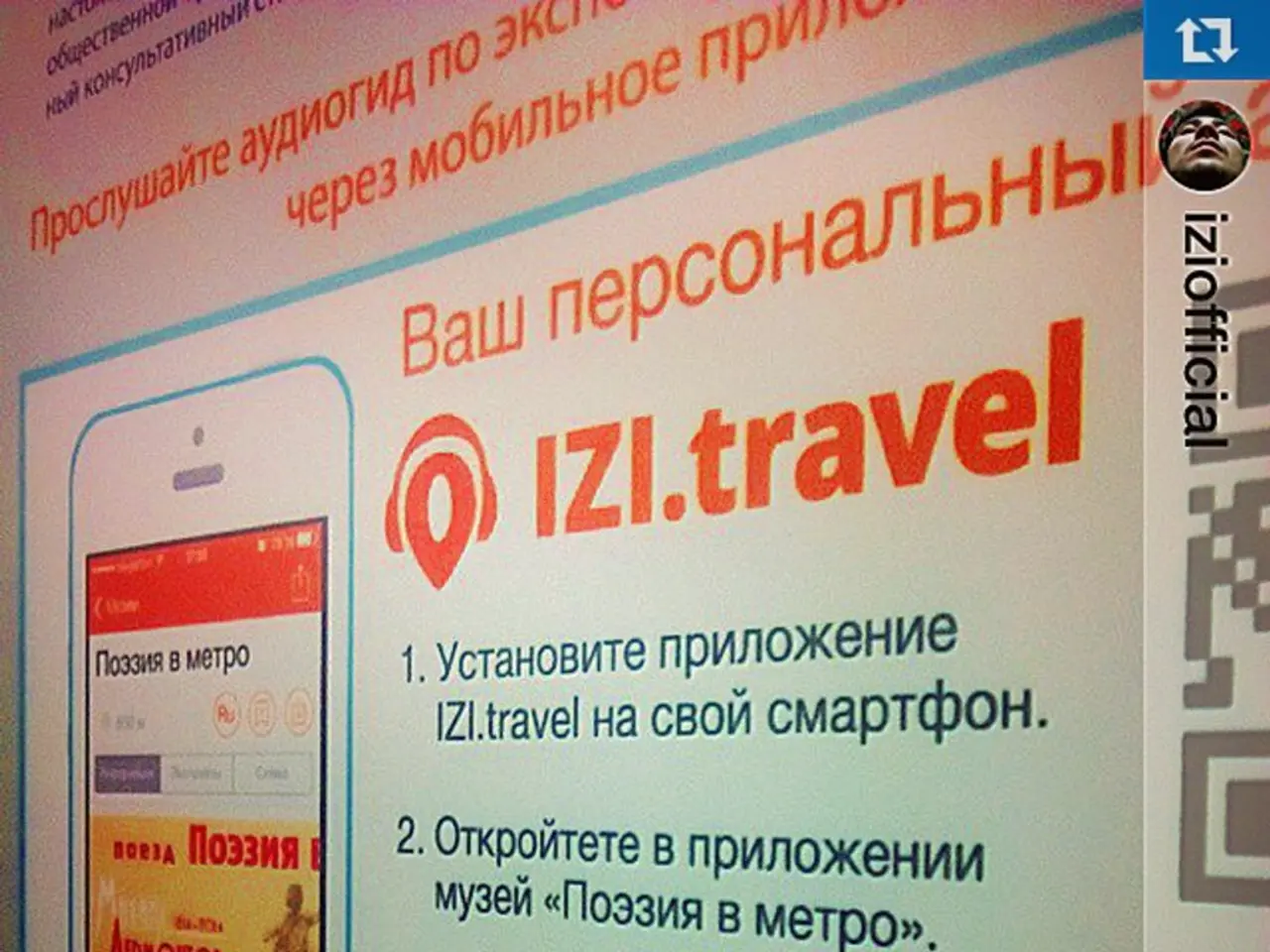Influencers ought to worry about ad blockers and potential strategies to deal with the issue
In the digital world, ad blockers have become a growing concern for influencers and content creators worldwide. These software tools, designed to reduce the visibility of advertisements, are significantly impacting traditional revenue streams by blocking display ads and hindering affiliate marketing tracking.
The decline in ad-dependent revenue models can be attributed to reduced ad impressions and blocked affiliate tracking. As more users employ ad blockers and stricter privacy laws take effect, fewer ads and affiliate links are seen or tracked, directly diminishing creators’ earnings from these sources.
This shift contributes to a broader collapse of ad-dependent revenue models in digital content creation and affiliate marketing, with estimates predicting a significant impact by 2025.
However, this disruption has accelerated the industry's pivot towards direct audience monetization. Content creators are increasingly focusing on building direct relationships with audiences through newsletters, subscriptions, exclusive content, and diversified multimedia formats to create sustainable income streams less vulnerable to ad blocking.
Authenticity remains a key factor in this changing landscape. Content that feels organic and isn't promotional has a better chance of reaching its full audience. Content native to its delivery platform, such as storytelling that incorporates a brand mention organically, has less chance of being blocked.
Influencer marketing remains strong, with creators delivering authentic and relatable product endorsements, often via platforms like Instagram, TikTok, and YouTube. Growing budgets are allocated to influencer partnerships rather than conventional publishers.
Micro- and nano-influencers, with engaged, loyal followings, are favored since their recommendations are trusted and less reliant on intrusive ad formats blocked by software.
For brand partners, this means a shift towards more authentic marketing strategies. For influencers, it leaves a blind spot in their content strategy that must be addressed thoughtfully.
In a world where ad blockers are popular, authenticity still wins out. When ad blockers mistake sponsored content for ads, it may never be viewed by the consumer. Native integrations within social platforms like Instagram or TikTok are difficult to block, but the link ecosystem and external plugin ecosystem remain open to being blocked.
Creating value-driven content encourages users to whitelist a domain or channel. Keeping landing pages simple by reducing unnecessary codes and using reputable platforms lowers the risk of content filtering.
For creators who count on every impression, click, or view, ad blockers pose a significant problem. Ad-blocking software is particularly prevalent in high digital literacy regions, such as Europe, parts of Asia, and Australia. Ad blockers have become more aggressive, eliminating embedded scripts and widgets that drive interaction.
In the end, the digital world demands that content creators be more thoughtful than ever before to remain prominent. Ad blockers can hinder outreach for creators and brands, but by focusing on authenticity, direct audience monetization, and diversified income strategies, the industry is adapting to this changing landscape.
- In response to the rise of ad blockers, content creators are switching their focus from traditional ad-dependent revenue models to direct audience monetization, including building relationships with audiences through newsletters, subscriptions, exclusive content, and diversified multimedia formats.
- To combat the impact of ad blockers on their earning potential, creating value-driven content that encourages users to whitelist a domain or channel and keeping landing pages simple by reducing unnecessary codes and using reputable platforms can lower the risk of content filtering.




